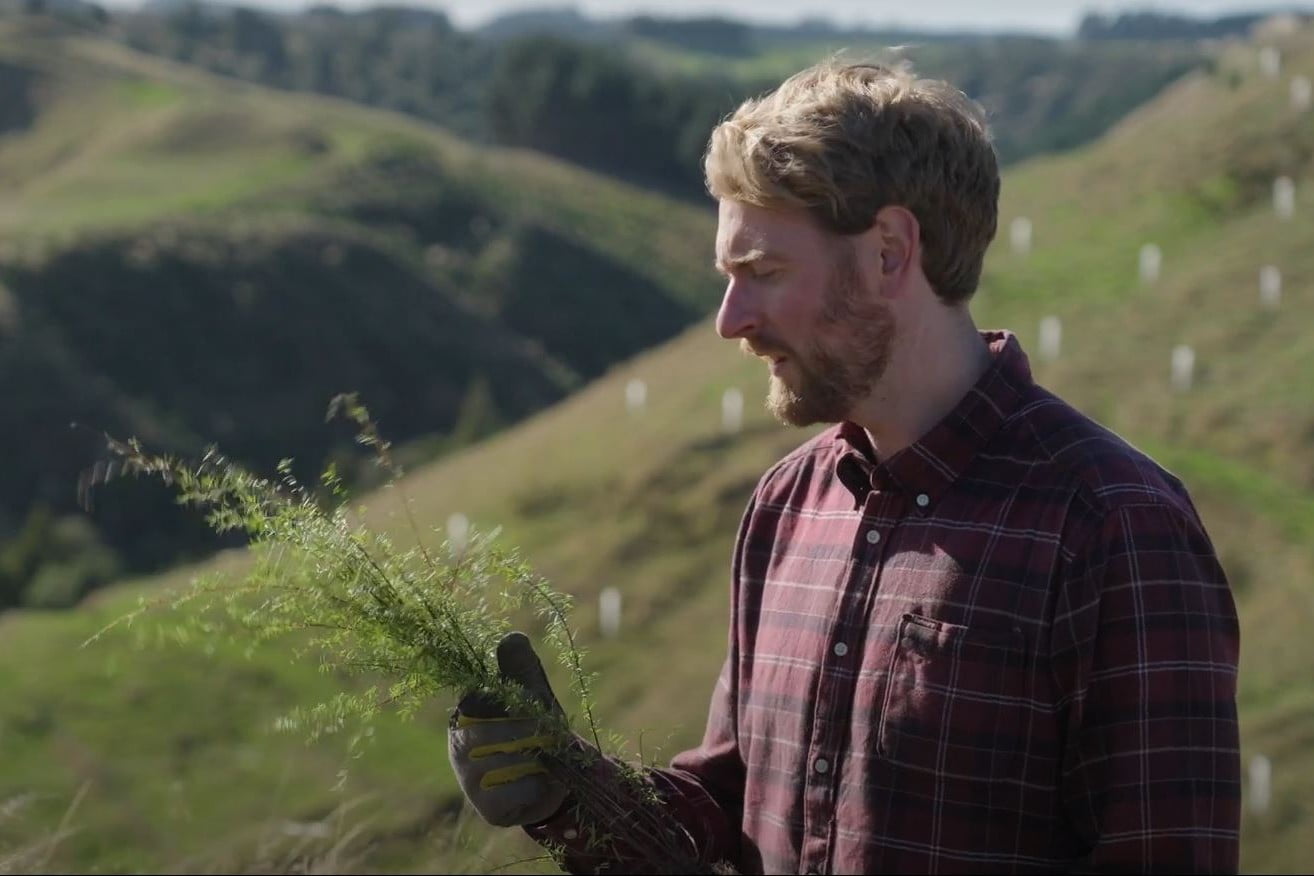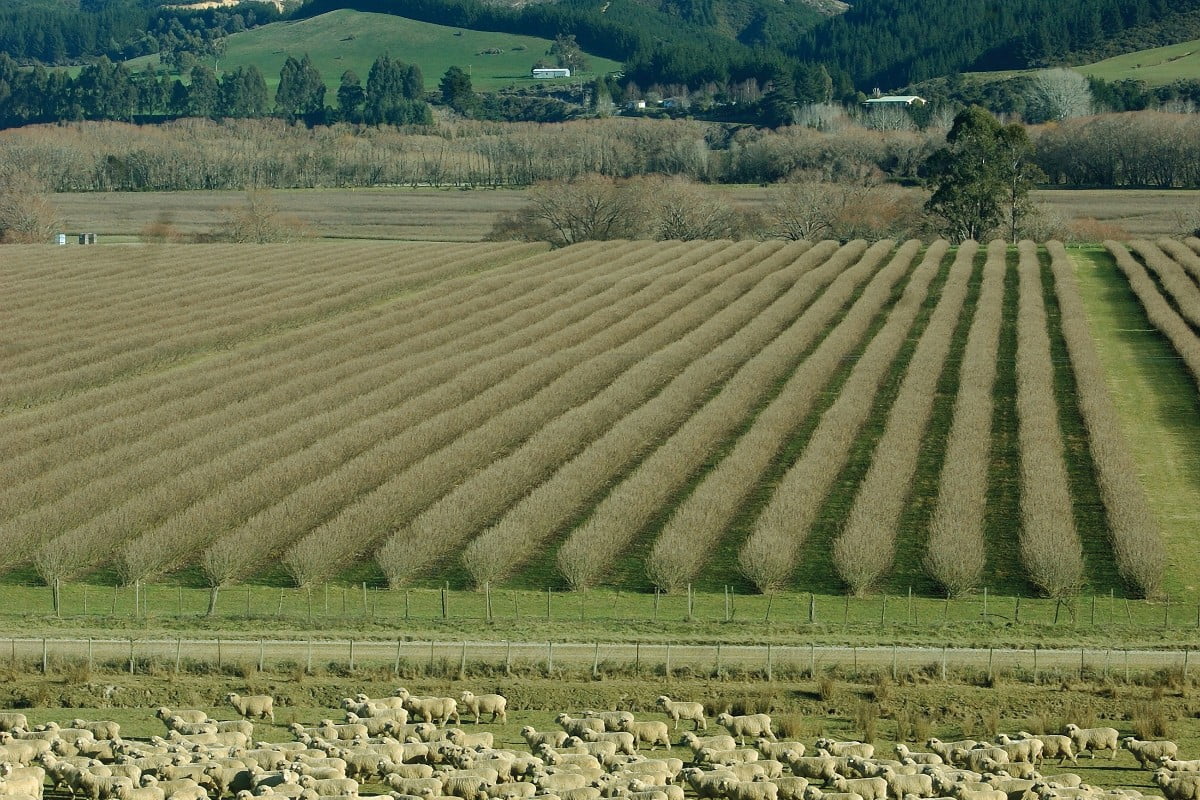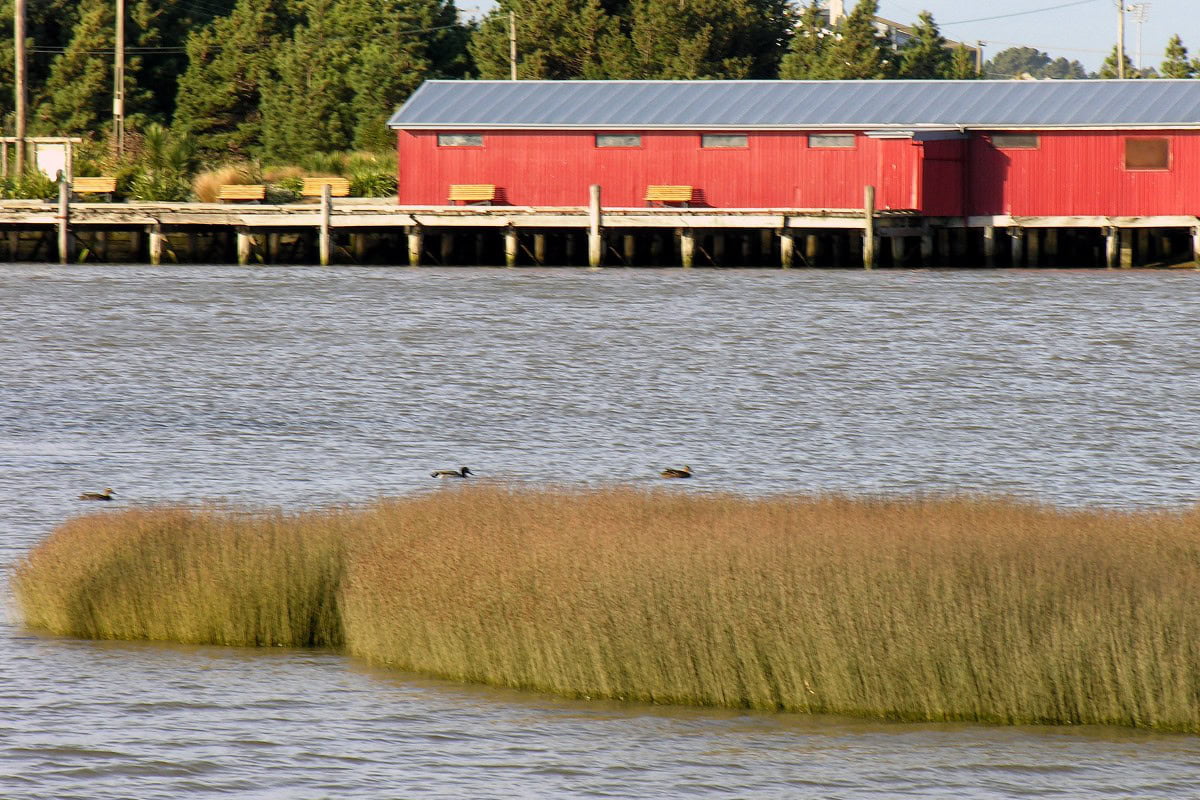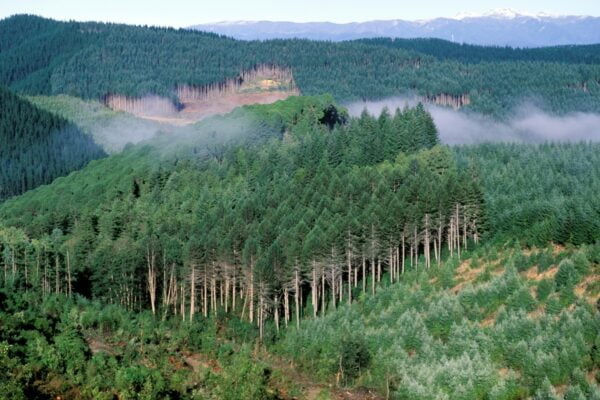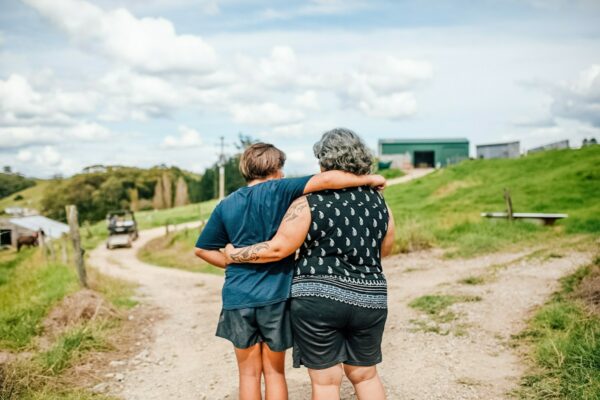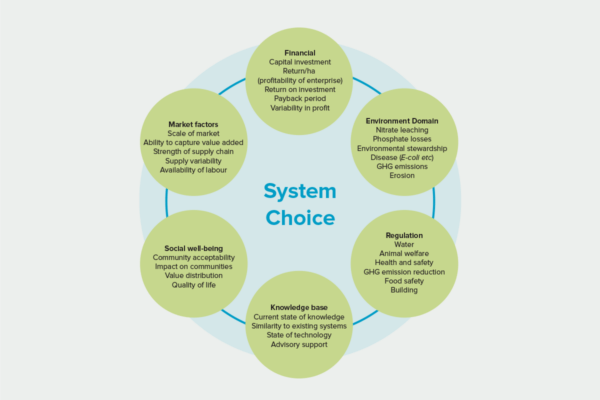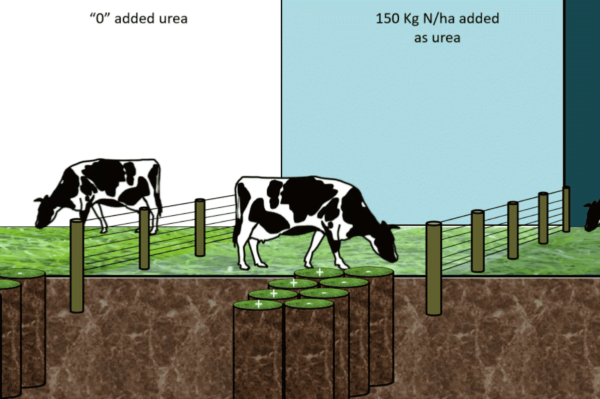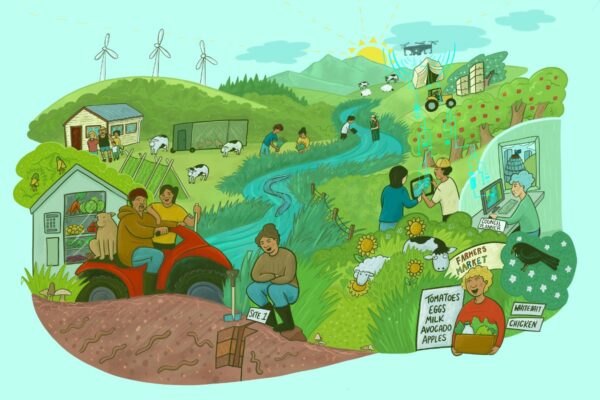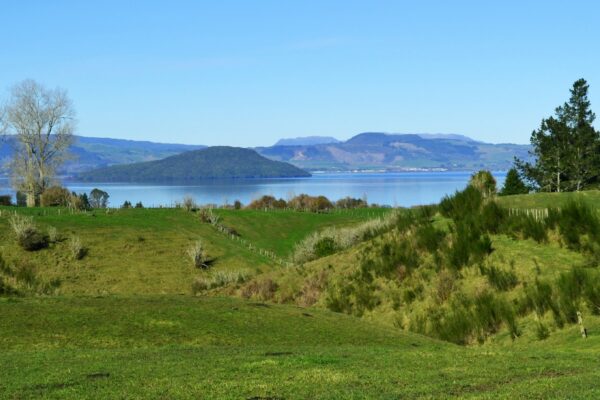Interoperable Modelling
Designing an open source modelling system to assess productivity potential and water quality contaminant dynamics at farm and catchment scales
Project Details Ngā taipitopito
Collaborators Ngā haumi
AgResearch | DairyNZ | Environment Southland | GNS Science | Manaaki Whenua Landcare Research | Ministry for the Environment | NIWA | Overseer Ltd | Plant & Food Research | Scion | Victoria University Of Wellington
What are we doing?E aha ana mātou?
Transitioning New Zealand’s agricultural landscape to a more diverse and resilient mosaic of land uses requires understanding how land management and water quality interact, and how targeted management can achieve our shared values. This requires our ability to model these interactions using open-source interoperable models feeding off low- or no-cost, readily available and high-quality data.
Interoperable Modelling research is developing a national modelling system that assesses the environmental, production and economic implications of land use and land use change, at farm and catchment scales. The goal is to create a trusted tool that helps individuals and communities achieve agreed land and water quality outcomes.
Researchers have identified an agreed initial set of models, data sources, and visualisation components, and are working with a software platform for integrating and accessing the components. Our programme is co-funded by stakeholders to provide a platform where the best models can ‘talk’ to each another.
How can the research be used? Ka pēhea e whai take ai te rangahau?
- The Interoperable Modelling science team is working to implement a functioning and interoperable set of models. The platform is being built on the best available data to provide much faster, cheaper analyses and visualisation experiences. Outputs will enable the measurement of national scale change (eg land use) and regulatory limits.
- There are 10 parties actively involved with the development of the platform through contributing data, sharing code, creating solutions and co-funding. A comprehensive report on interoperable modelling was prepared collaboratively with input from technical experts from 14 organisations.
- An initial set of models was implemented in the open-source DeltaShell framework and trialled in Aparima catchment in Southland.
- The initial set of models will focus on contaminant generation and transport, water resources and optimisation, in static and dynamic catchment models.
 View Our Strategy Document 2019 – 2024
View Our Strategy Document 2019 – 2024



